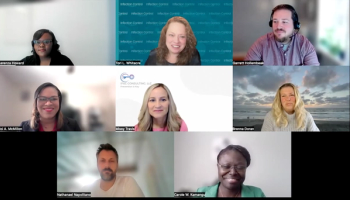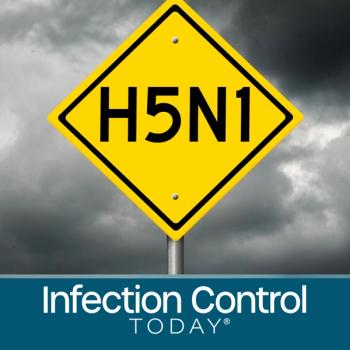
Beginning of the End? Some Hopeful COVID Developments
The good news? The fact that 3 different viruses with 3 different lineages came up with the same mutation to evade natural immunity and the vaccines. And initial reports are that it only partially evades the vaccines.
This morning I awoke to a report from Public Health of England, that the United Kingdom variant of SARS-CoV-2 has mutated again, and now it may be resistant to monoclonal antibodies along with possibly making the vaccines less
This news comes after a long line of setbacks. I was hoping that the pandemic would go away in the summer after the lockdown. Then we had the severe surge in August which was to be the last; only being dwarfed by cases and deaths in our
Now this, the same vaccine evading mutation is popping up all over the world, making the availability of booster even more urgent. But in this news, there may be a silver lining.
So how is there good news? Simply the fact that 3 different viruses with 3 different lineages came up with the same mutation to evade natural immunity and the vaccines. And initial reports are that it only partially evades the vaccines, they will still be effective. Thus, this is not even an optimal mutation.
In order to evade the vaccines and the body’s immunity, the virus has to evolve a mutation which will prevent a myriad of different antibodies from attaching and killing it while at the same time still be able to attach to the ACE2 enzyme receptor site. This is a tall order.
The fact that all 3 of these lineages came up with the same mutation, means that a single vaccine or booster shot may be able to neutralize, or at last have some activity against all of these strains.
And one needs to ask, why did these viruses not come up with different mutations? After all they do not plan the mutations, they evolve by random chance. Maybe the answer is that this random amino acid combination is possibly the last major mutation the virus can produce without changing its ability to enter the cells or its infectivity. Yes, there was MERS and SARS, so it is possible to see another iteration of this virus, but MERS and SARS were much more lethal, asymptomatic carriage was not common and these epidemics burned out, they were easier to control.
So, after a long string of disappointments and bad news, maybe this is the beginning of the end, and if we do see another even greater surge caused by these variants, maybe that will be the last if we all get vaccinated. And of course, we do not have to wait for a “booster” to the Pfizer and Moderna vaccines. If we all follow public health advice by wearing masks and social distancing, we have the power to stop future surges from taking place.
Newsletter
Stay prepared and protected with Infection Control Today's newsletter, delivering essential updates, best practices, and expert insights for infection preventionists.




